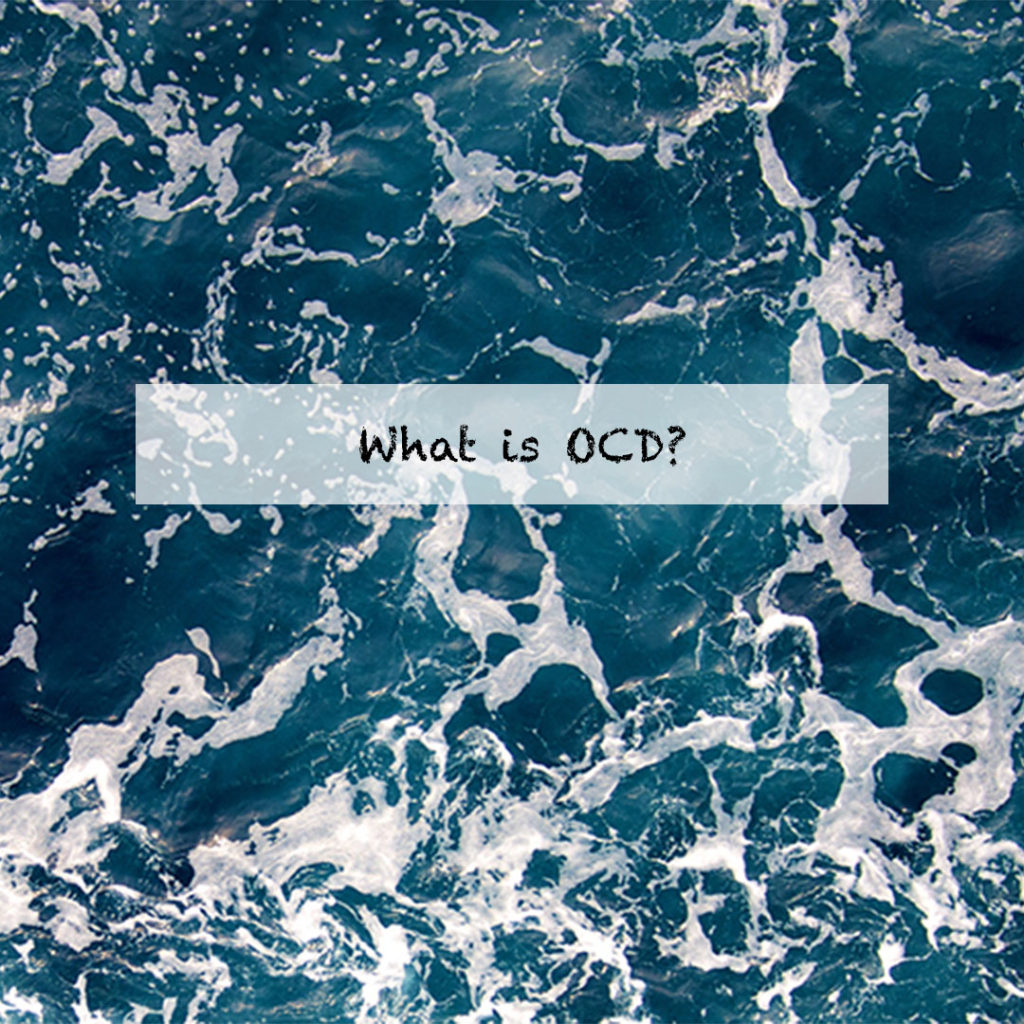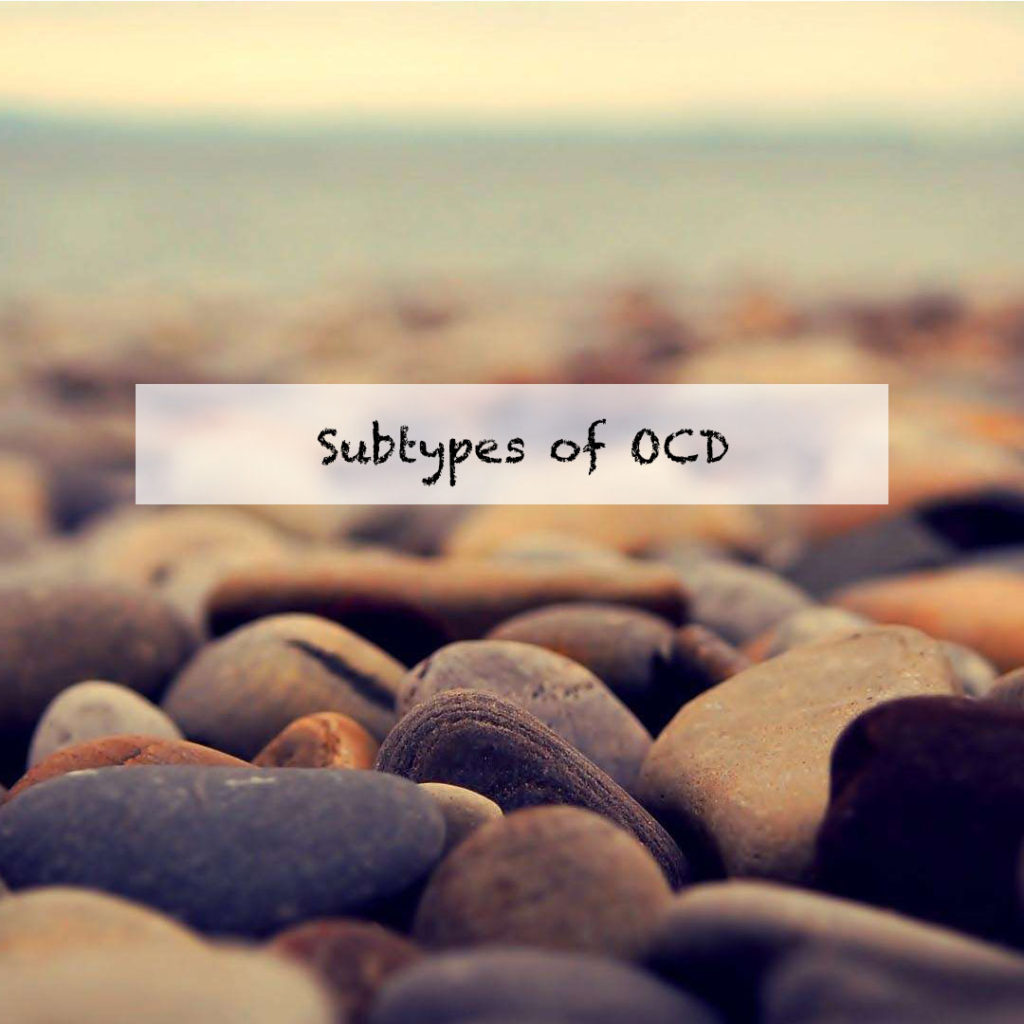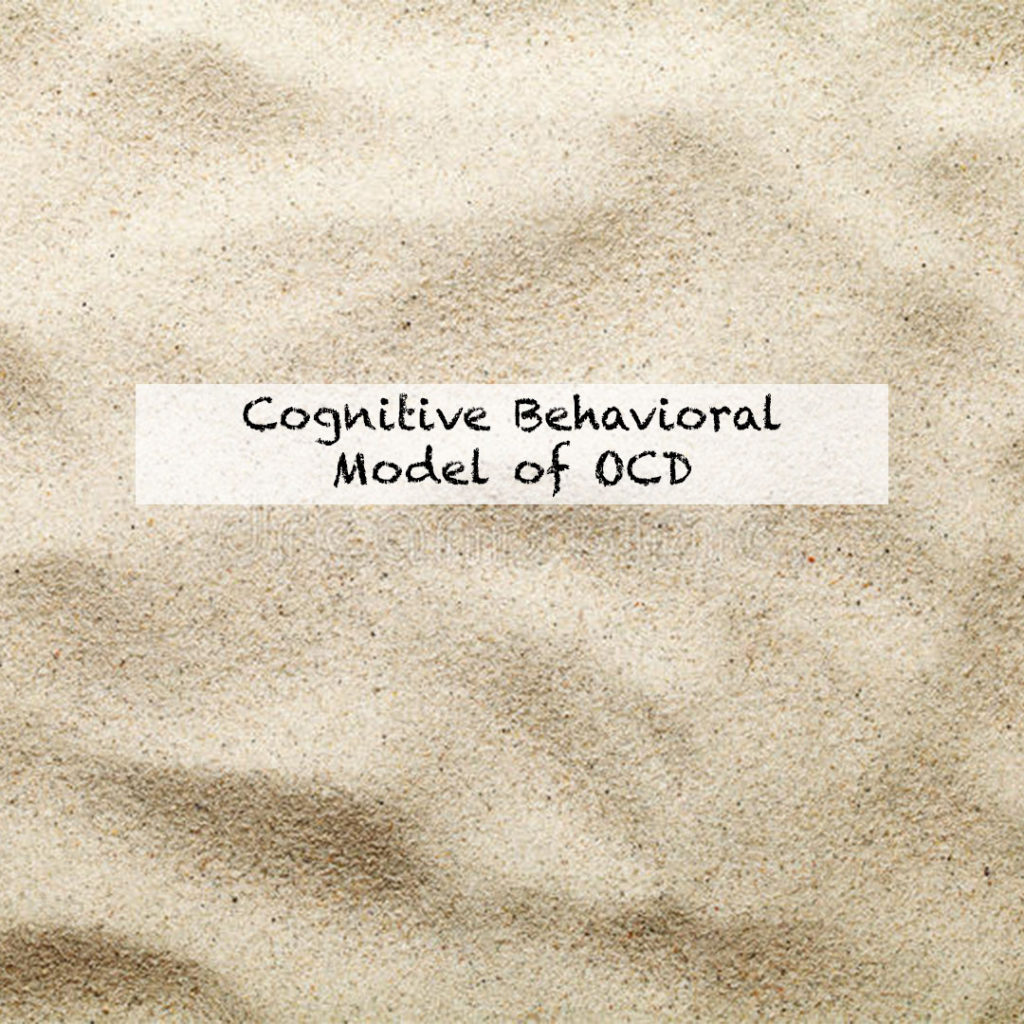Obsessive Compulsive Disorder (OCD) is a mental health disorder that affects up to 2.3% of the population. Individuals diagnosed with OCD experience unwanted recurrent thoughts, urges or images that cause marked anxiety or distress. In an effort to reduce anxiety or distress, individuals with OCD engage in behaviors called compulsions or rituals.
SYMPTOMS
Obsessions
Obsession are recurrent and persistent thoughts, urges, or images that are experienced, at some time during the disturbance, as intrusive and unwanted, and that in most individuals cause marked anxiety and distress. The individual attempts to ignore or suppress such thoughts, urges, or images, or to neutralize them with some other thoughts or actions (i.e., by performing a compulsion).
Compulsions
Compulsions are repetitive behaviors (e.g., hand washing, ordering, checking) or mental acts (e.g., praying, counting, repeating words silently) the individual feels driven to perform in response to an obsession or according to a rule that must be applied rigidly. The behaviors or mental acts are aimed at preventing or reducing anxiety or distress, or preventing some dreaded event or situation; however, these behaviors or mental acts are not connected in a realistic way with what they are designed to neutralize or prevent, or are clearly excessive.
*Although most people experience some form of intrusive thoughts and compulsive behaviors during their lifetime individuals with OCD experience obsessions and/or compulsions as time-consuming (e.g., take more than 1 hour per day) or cause clinically significant distress or impairment in social, occupational, or other important areas of functioning.
PREVALANCE
OCD typically emerges between the ages of 8-12 years old or in late adolescence/early adulthood.
OCD can affect any person regardless of gender, race, ethnicity, religion, or nationality.
Current estimates suggest that approximately 1 in every 100 adults has OCD and at least 1 in 200 children have OCD. This amounts to roughly 2-3 million adults and 500,000 children.
The prevalence of OCD is likely under-estimated due to low self-reporting and lack of awareness of what symptoms qualify as OCD.
ASSESSMENT
Yale Brown Obsessive Compulsive Scale
The Yale Brown Obsessive Compulsive Scale (YBOCS) is a semi structured clinician administered assessment utilized to diagnosis OCD in children, adolescents, and adults. The assessment utilizes a symptom checklist to determine the type and presence of obsessions and compulsions in the following way:
Obsessions
Aggressive Obsessions: fears of causing harm to self or others or doing something embarrassing, like blurting out obscenities.
Contamination Obsessions: excessive fear of dirt, germs, chemicals, bodily fluids or animals. Also, an excessive fear of getting sick from different contaminants.
Sexual Obsessions: forbidden or perverse intrusive sexual thoughts, including those that might involve children or aggressive acts.
Hoarding or Saving Obsessions
Religious Obsessions: excessive concern with right and wrong and /or sacrilege or blasphemy.
Somatic Obsessions: include fear of getting sick or a preoccupation with a certain part of one’s appearance.
Miscellaneous Obsessions: include fears of certain numbers, colors, losing things or not saying just the right thing.
Compulsions
Cleaning or Washing Compulsions: behaviors performed in response to contamination obsessions, which may include excessive hand washing, showering and avoidance of contaminants.
Checking Compulsions: behaviors performed in response to aggressive obsessions, such as checking to make sure things are turned off (stove, lights) or that people are not harmed. Also, people with OCD sometimes check to make sure that they did not make a mistake.
Repeating Compulsions: behaviors repeated over and over again in order to produce anxiety relief.
Counting Compulsions: behaviors such as counting up to a certain number, counting a certain number of times or avoiding certain numbers in order to produce relief from anxiety.
Ordering and Arranging Compulsions
Hoarding and Collection Compulsions
Miscellaneous Compulsions: includes list making, touching, tapping and rubbing things, and rituals involving blinking and staring.


